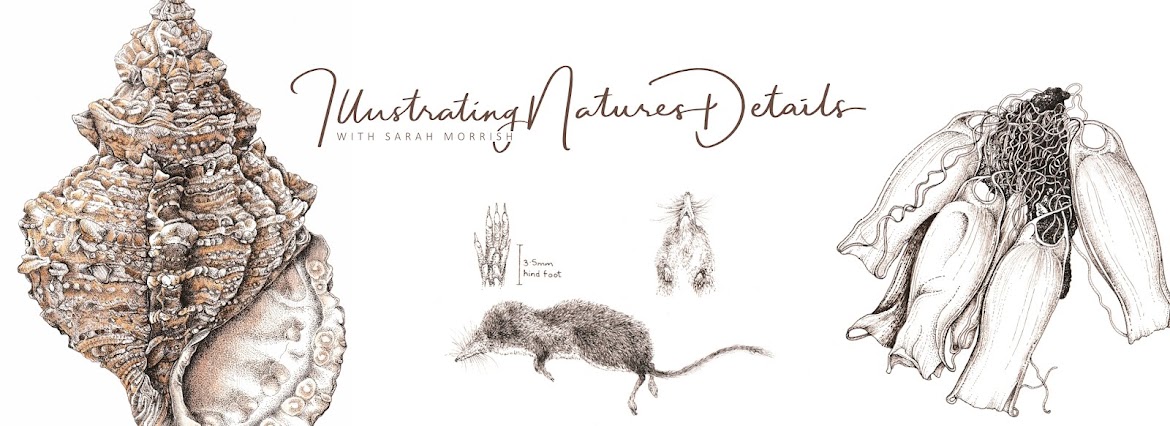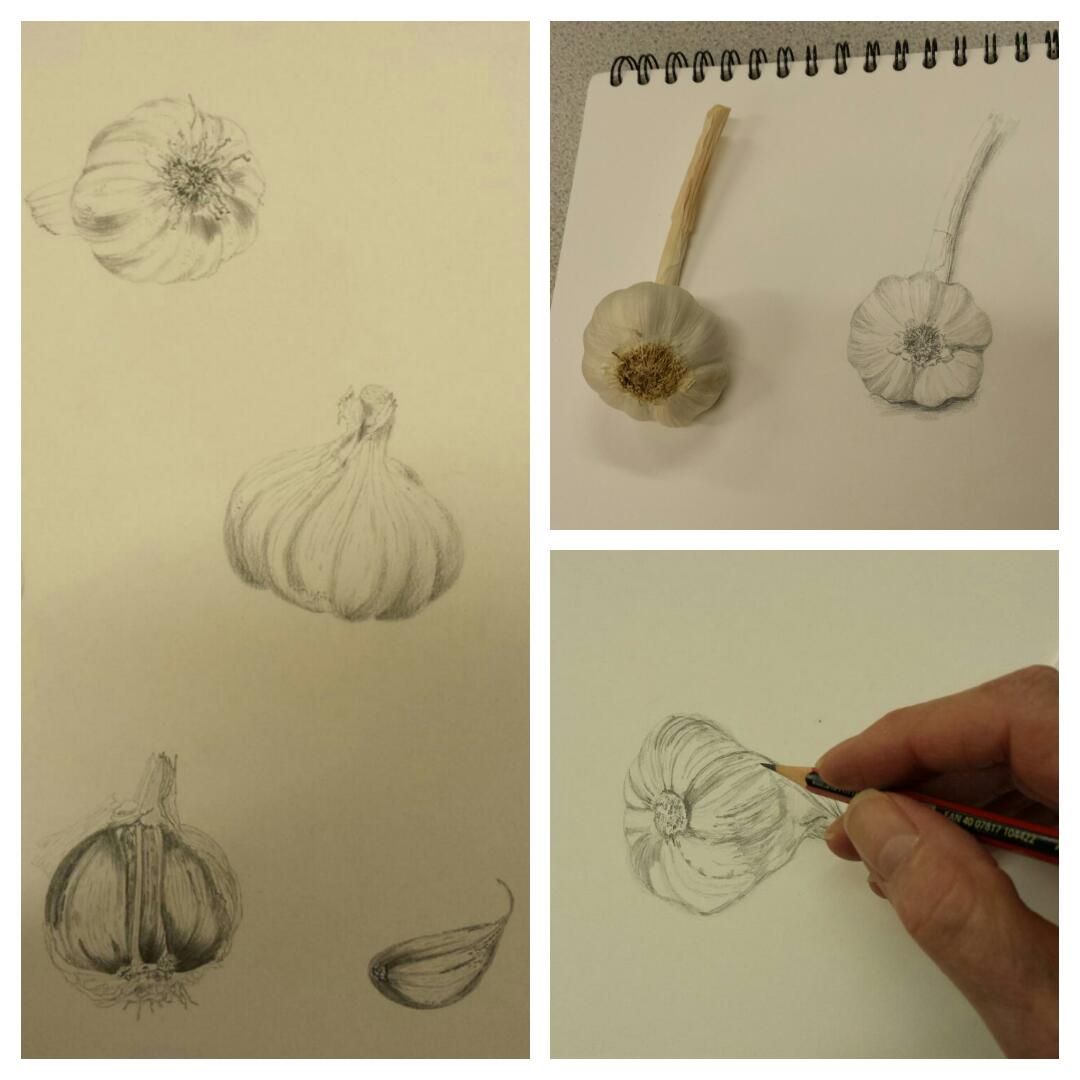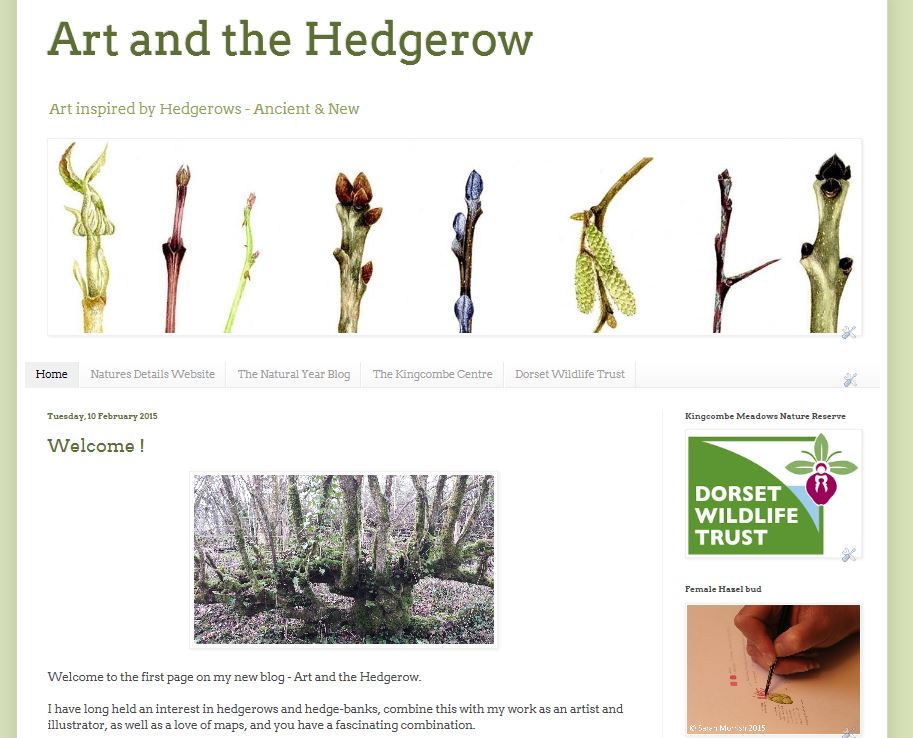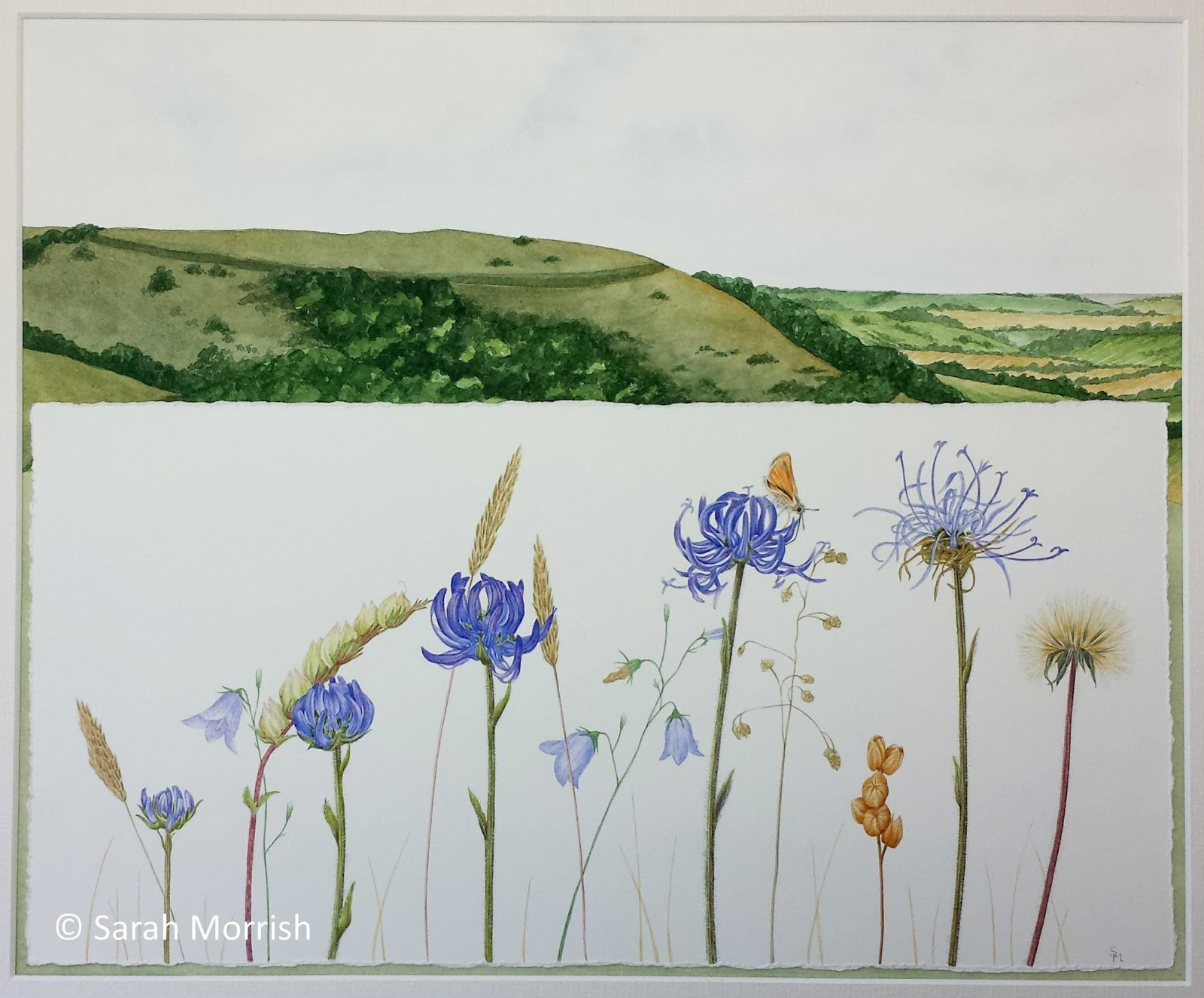But why ? It was the Royal Horticultural Society Botanical Art Show at the Lindley Hall in London.
In previous years the botanical art has been exhibited alongside plant displays as part of horticultural shows, this year was different. A whole show devoted to botanical art - what could be better !
Sketchbook Squirrel and I arrived at the hall about an hour after the show had started. Lots of visitors were already there and the numbers grew throughout the day.
Katherine Tyrrell always writes such informative blogposts about the RHS shows on the Making A Mark blog, so I am not going to go into too much detail about the botanical art exhibits themselves, but give you all a pictorial overview of the show. (All images are protected by copyright, so no copying or reproduction in any form is allowed).
One end of the hall was devoted to stands displaying the work of florilegium and botanical art societies, botanical gardens and individual artists demonstrating their skills.
The SBA stand where Simon Williams and Gael Sellwood were chatting with visitors about the SBA, the distance learning Diploma and demonstrating their painting skills.
Other botanical and floral art societies and organisations had the opportunity to display information.
What was really exciting, was the chance for visitors to have a go at botanical painting. Botanical artist Elaine Searle and the Chelsea School of Botanical Art had set up this apple painting exercise.
Botanical Artist Julia Trickey chatting to visitors.
Susan Christopher Coulson had a wonderful display of her work along with space to see her demonstrating.
The view upon entering the hall.
Sketchbook Squirrel having a good look at one of the exhibits.
Sketchbook Squirrel aka Jarnie Godwin and the extremely talented Kathy Pickles with some of the Hellebore paintings from her Gold medal winning exhibit.
I hope you enjoyed this brief overview. Why not join me on my botanical art journey as I prepare a collection of work to exhibit with the RHS - hopefully in 2016.
My progress can be followed on the Art & the Hedgerow Blog.








































